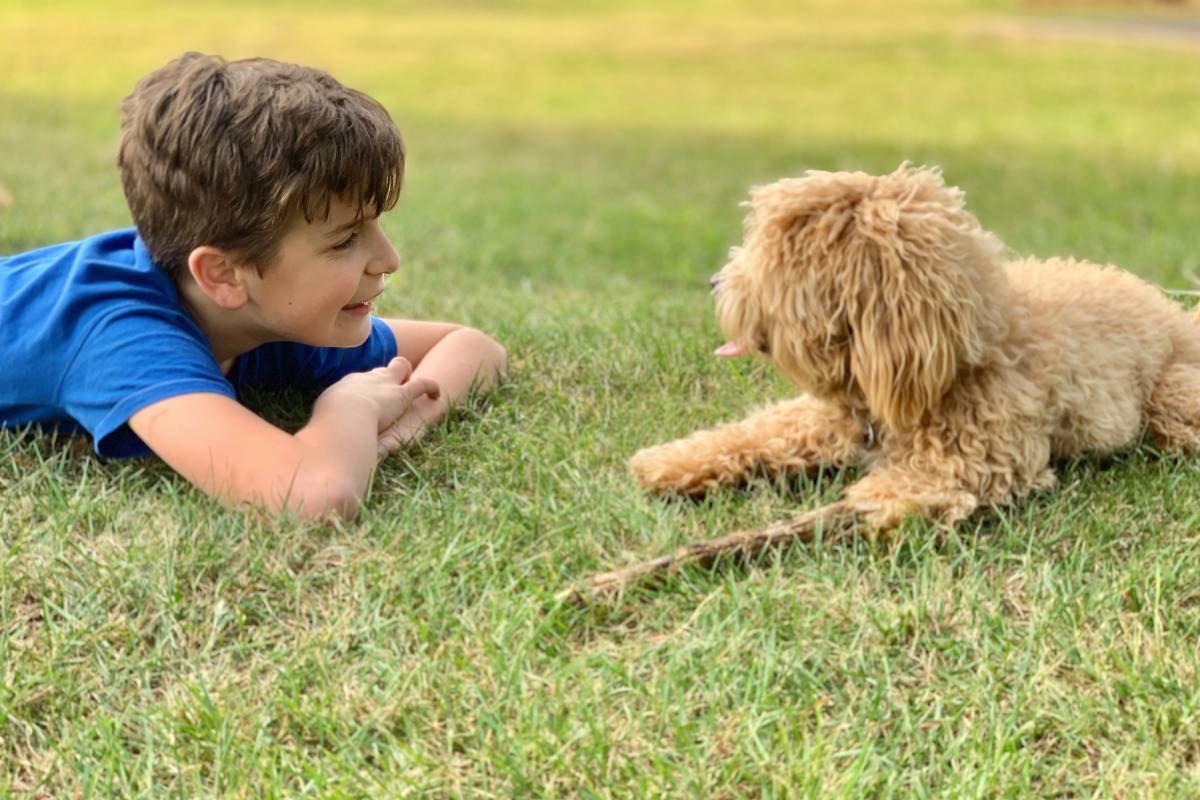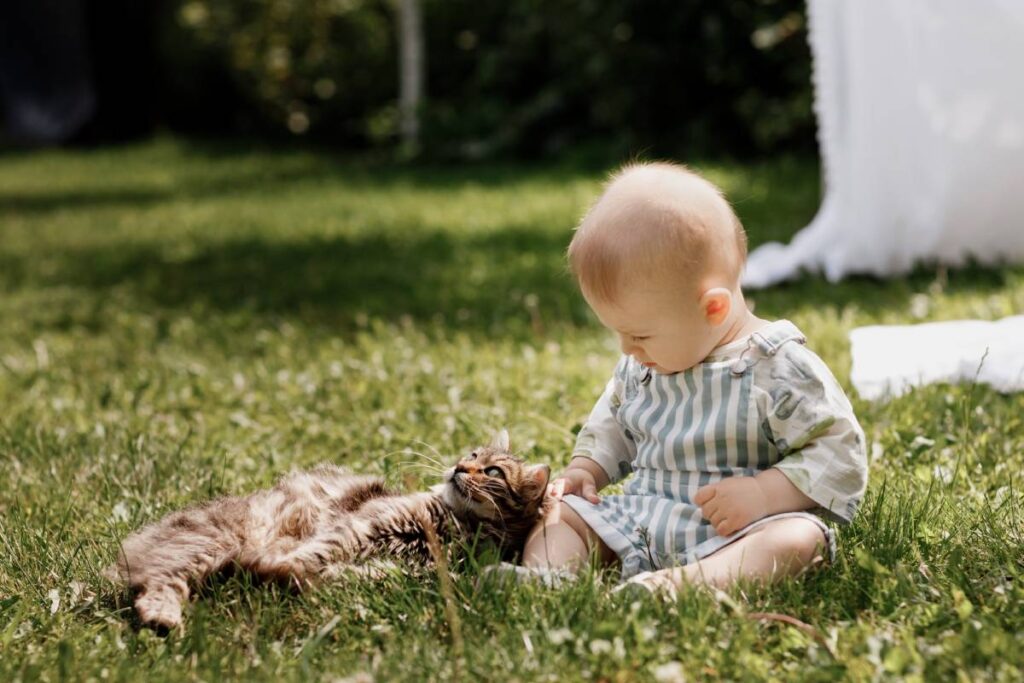Buffalo grass better than Kikuyu? Should I choose Kikuyu or Buffalo for my home?
House & Garden Nov 20, 2025

Choosing the right lawn is one of those deceptively important home decisions that affects your garden’s look, how much time and money you spend on upkeep, and whether the kids, dogs or a summer BBQ party can actually enjoy the yard. Two of the most common choices in warm-climate regions are Buffalo grass (often called Buffalo) and Kikuyu. Each has distinct strengths and trade-offs. Below, I’ll break down how they compare across the things homeowners care about most: appearance, climate fit, maintenance, durability, water and nutrient needs, pests and problems, and finish with practical recommendations for different household situations.
Appearance & turf quality
Buffalo: Typically produces a dense, soft, broad-leaf turf with a lush, deep-green appearance. It’s often considered more “lawn-like” and comfortable to walk on barefoot. Many homeowners choose Buffalo for its attractive, manicured look.
Kikuyu: Has a coarser texture and a lighter green shade. It forms a vigorous mat of stolons (above-ground runners) and can look a bit rougher or “wild” compared with Buffalo when left unmanaged. When cut short and kept trimmed, Kikuyu can still look fine, but it’s less refined.
Climate & light tolerance
Buffalo: Performs best in warm temperate to subtropical climates. It tolerates moderate shade much better than Kikuyu, making it a good choice under trees or close to buildings where some parts of the lawn are shaded for long periods.
Kikuyu: Thrives in full sun and prefers hot, dry summers. It’s less shade-tolerant; under trees or in shaded courtyards, you’ll get thin, patchy growth.
Wear, recovery and aggressiveness
Kikuyu: wins for sheer toughness. It handles heavy foot traffic, recovers rapidly from damage thanks to vigorous stolon growth, and will quickly fill bare patches. That same vigour, though, makes it invasive: it will spread onto garden beds, between pavers and into neighbouring lawns if you let it.
Buffalo: Quite durable, especially the modern improved cultivars, but generally not as fast-recovering as Kikuyu. It’s less likely to invade garden beds aggressively.
Maintenance
Mowing
- Kikuyu: Needs frequent mowing in the growing season because it grows fast. If left uncut, it becomes coarse and unsightly.
- Buffalo: Grows more slowly and can tolerate slightly higher cut heights for a lush look. The mowing schedule is less demanding.
Fertiliser
- Both grasses benefit from regular feeding in spring and summer. Kikuyu can become excessively tall and coarse if over-fertilised; Buffalo responds well to moderate feeding to maintain colour and density.
Watering
- Kikuyu: Very drought-tolerant once established; will go dormant in extended dry spells and bounce back quickly after rain.
- Buffalo: Also reasonably drought-tolerant but may require more consistent moisture to maintain that deep-green, plush appearance.
Thatched lawns & aeration
- Buffalo can develop thatch (a dense layer of dead/decaying material) that benefits from periodic scarifying or aeration. Kikuyu’s rapid growth can also create matting; both lawns benefit from occasional dethatching and aeration.
Establishment & control
Kikuyu: Establishes very quickly from runners and stolons; it can be a good quick-fix for bare soil, but requires firm edging and regular mowing to prevent it from taking over beds or neighbouring properties.
Buffalo: Slower to establish but easier to keep contained. It’s commonly sold as sod or certified turf varieties that minimise weed problems.
Pests, diseases and problems
- Kikuyu: Susceptible to fungal issues in poorly drained, shady spots, but generally tough. The main “problem” is invasiveness.
- Buffalo: Can suffer from fungal diseases in humid, overwatered conditions and may be attacked by lawn grubs or fungal patches if not managed; good fertility and drainage reduce risks.
Cost considerations
- Installation: Both can be installed by seed (Kikuyu seeds are cheaper) or by turf rolls (more expensive). Buffalo sod tends to be pricier than Kikuyu seed, but the price varies by region and cultivar.
- Ongoing cost: Kikuyu’s aggressive growth often means more mowing (fuel/electricity) and edging time; Buffalo can require more inputs to prevent thatch or disease. Overall costs depend on how tidy and manicured you want the lawn to be.

Pets, kids & usability
- Kikuyu: Excellent where wear and tear are expected, kids and dogs flatten and scratch it, but it’ll usually recover fast. Beware of burrs and runners extending into play areas.
- Buffalo: Softer and more comfortable for play, and less likely to pick up grit and runners into the house, but may show worn patches faster under very heavy use.
Environmental considerations
- Both grasses can be good for soil protection, carbon capture, and reducing dust. Kikuyu’s aggressive nature means it can outcompete other plants and impact local biodiversity if allowed to escape into bushland. Buffalo’s shade tolerance can reduce the need to remove trees.
A practical decision guide to choose based on your priorities
1. Low-maintenance, family-friendly, shady yard
- Choose Buffalo.
- Why: Better in shade, soft underfoot, and less invasive.
2. High-traffic, sports or active play area
- Choose Kikuyu.
- Why: Superior toughness and fast recovery.
3. Neat, ornamental lawn with low invasion risk
- Choose Buffalo.
- Why: Easier to keep clean-edged and contained.
4. Budget-focused or large areas needing quick coverage
- Choose Kikuyu (especially from seed).
5. Mixed sunlight with significant shade
- Choose Buffalo.
Care tips for either choice
- Test soil pH and correct as needed (ideal 6–7).
- Water deeply and infrequently to promote deep root growth.
- Mow at the recommended heights for each grass type.
- Use proper edging, especially with Kikuyu.
- Aerate and dethatch periodically.
- Choose improved cultivars from reliable suppliers such as A View Turf in Sydney if you’re in a warm coastal area; modern varieties often offer better disease resistance, softer leaf texture and more stable colour.
Conclusion
There’s no universal “better” option between Buffalo and Kikuyu, only what’s better for your yard and lifestyle. If you want a lush, soft lawn with good shade tolerance and controlled growth, Buffalo is usually the best fit. If you need a tough, fast-repairing lawn that thrives in heat and high activity, Kikuyu is the reliable workhorse.
If you’d like, tell me your location, shade levels, budget and how the space will be used. I can help you choose between the two and recommend cultivars suited to your home.